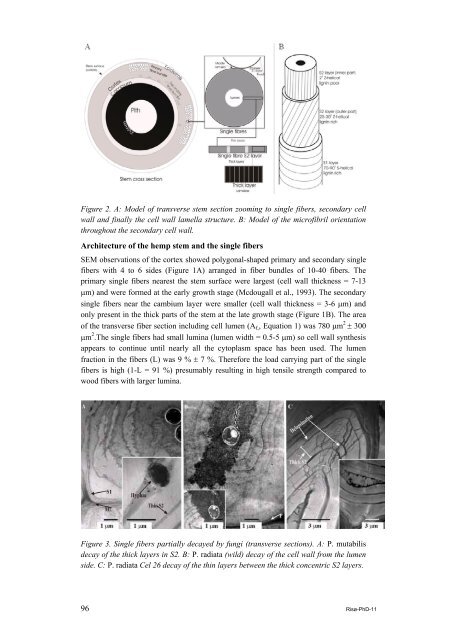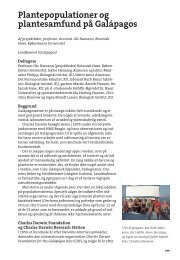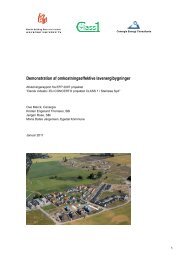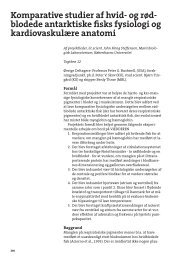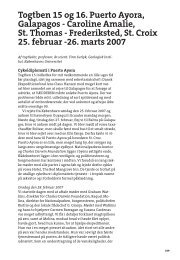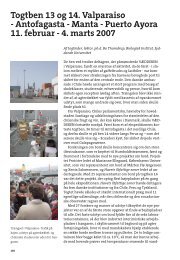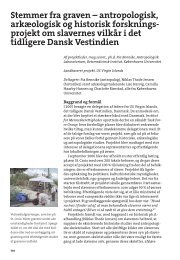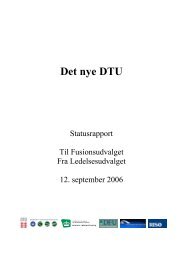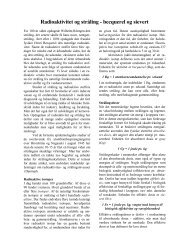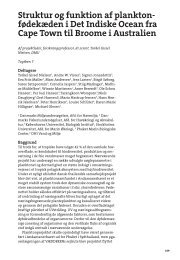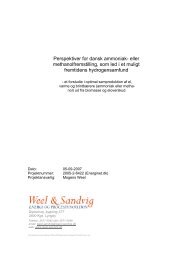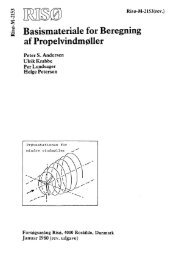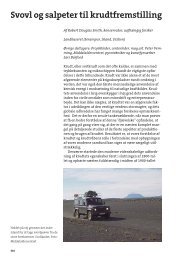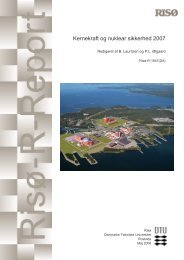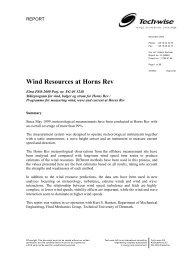Properties of hemp fibre polymer composites -An optimisation of ...
Properties of hemp fibre polymer composites -An optimisation of ...
Properties of hemp fibre polymer composites -An optimisation of ...
You also want an ePaper? Increase the reach of your titles
YUMPU automatically turns print PDFs into web optimized ePapers that Google loves.
Figure 2. A: Model <strong>of</strong> transverse stem section zooming to single fibers, secondary cell<br />
wall and finally the cell wall lamella structure. B: Model <strong>of</strong> the micr<strong>of</strong>ibril orientation<br />
throughout the secondary cell wall.<br />
Architecture <strong>of</strong> the <strong>hemp</strong> stem and the single fibers<br />
SEM observations <strong>of</strong> the cortex showed polygonal-shaped primary and secondary single<br />
fibers with 4 to 6 sides (Figure 1A) arranged in fiber bundles <strong>of</strong> 10-40 fibers. The<br />
primary single fibers nearest the stem surface were largest (cell wall thickness = 7-13<br />
μm) and were formed at the early growth stage (Mcdougall et al., 1993). The secondary<br />
single fibers near the cambium layer were smaller (cell wall thickness = 3-6 μm) and<br />
only present in the thick parts <strong>of</strong> the stem at the late growth stage (Figure 1B). The area<br />
<strong>of</strong> the transverse fiber section including cell lumen (Af,, Equation 1) was 780 μm 2 ± 300<br />
μm 2 .The single fibers had small lumina (lumen width = 0.5-5 μm) so cell wall synthesis<br />
appears to continue until nearly all the cytoplasm space has been used. The lumen<br />
fraction in the fibers (L) was 9 % ± 7 %. Therefore the load carrying part <strong>of</strong> the single<br />
fibers is high (1-L = 91 %) presumably resulting in high tensile strength compared to<br />
wood fibers with larger lumina.<br />
Figure 3. Single fibers partially decayed by fungi (transverse sections). A: P. mutabilis<br />
decay <strong>of</strong> the thick layers in S2. B: P. radiata (wild) decay <strong>of</strong> the cell wall from the lumen<br />
side. C: P. radiata Cel 26 decay <strong>of</strong> the thin layers between the thick concentric S2 layers.<br />
96 Risø-PhD-11


